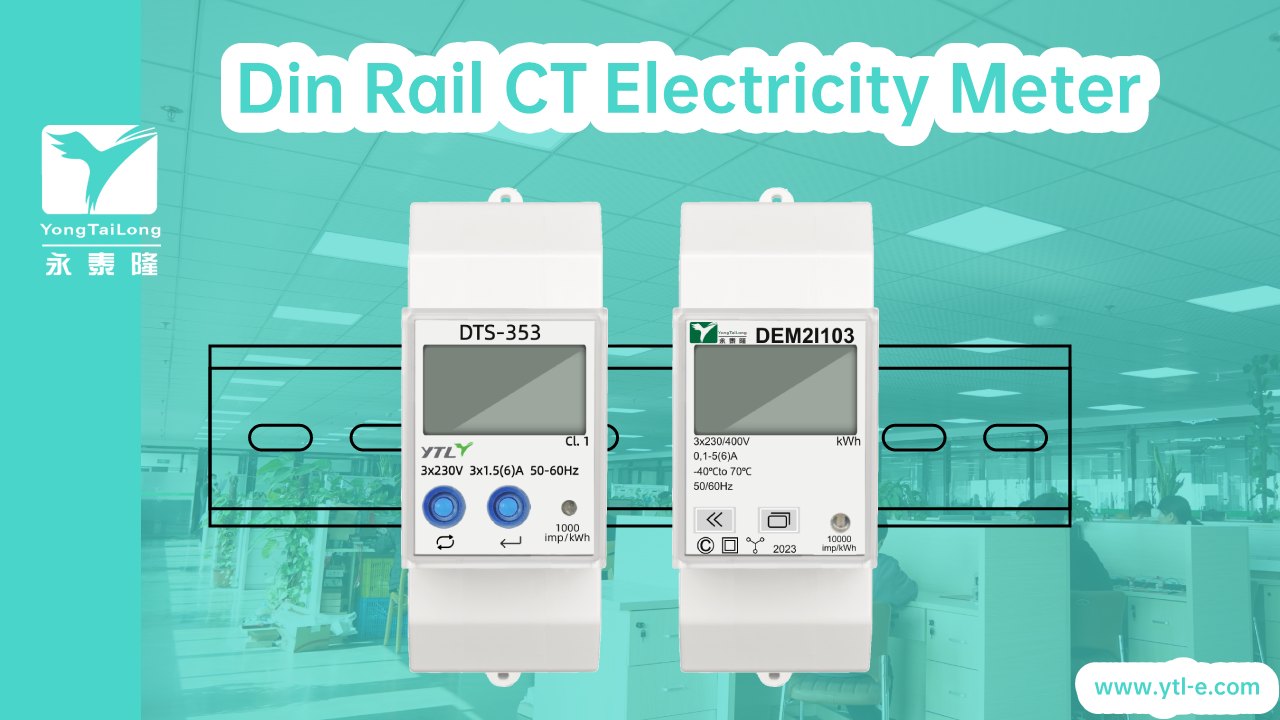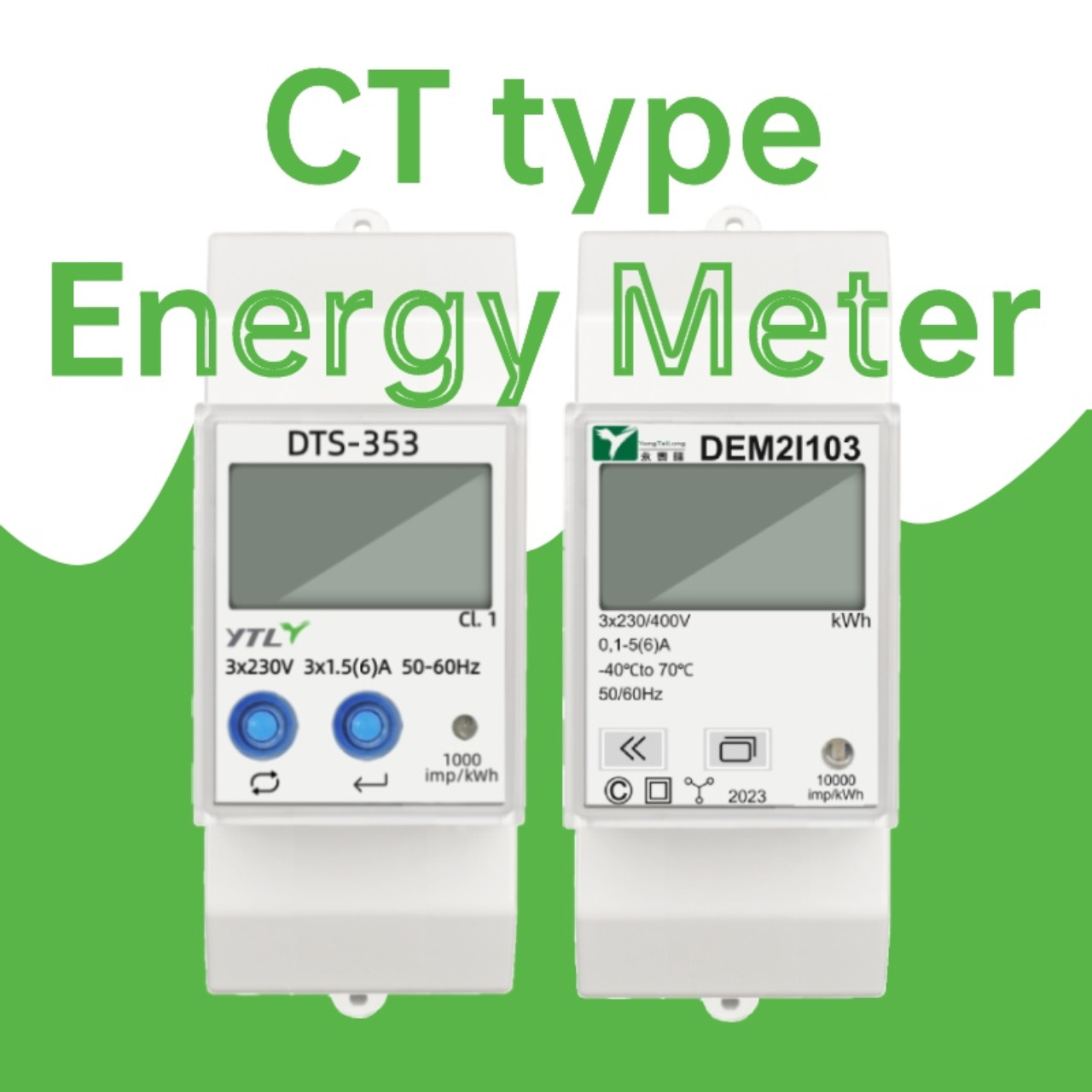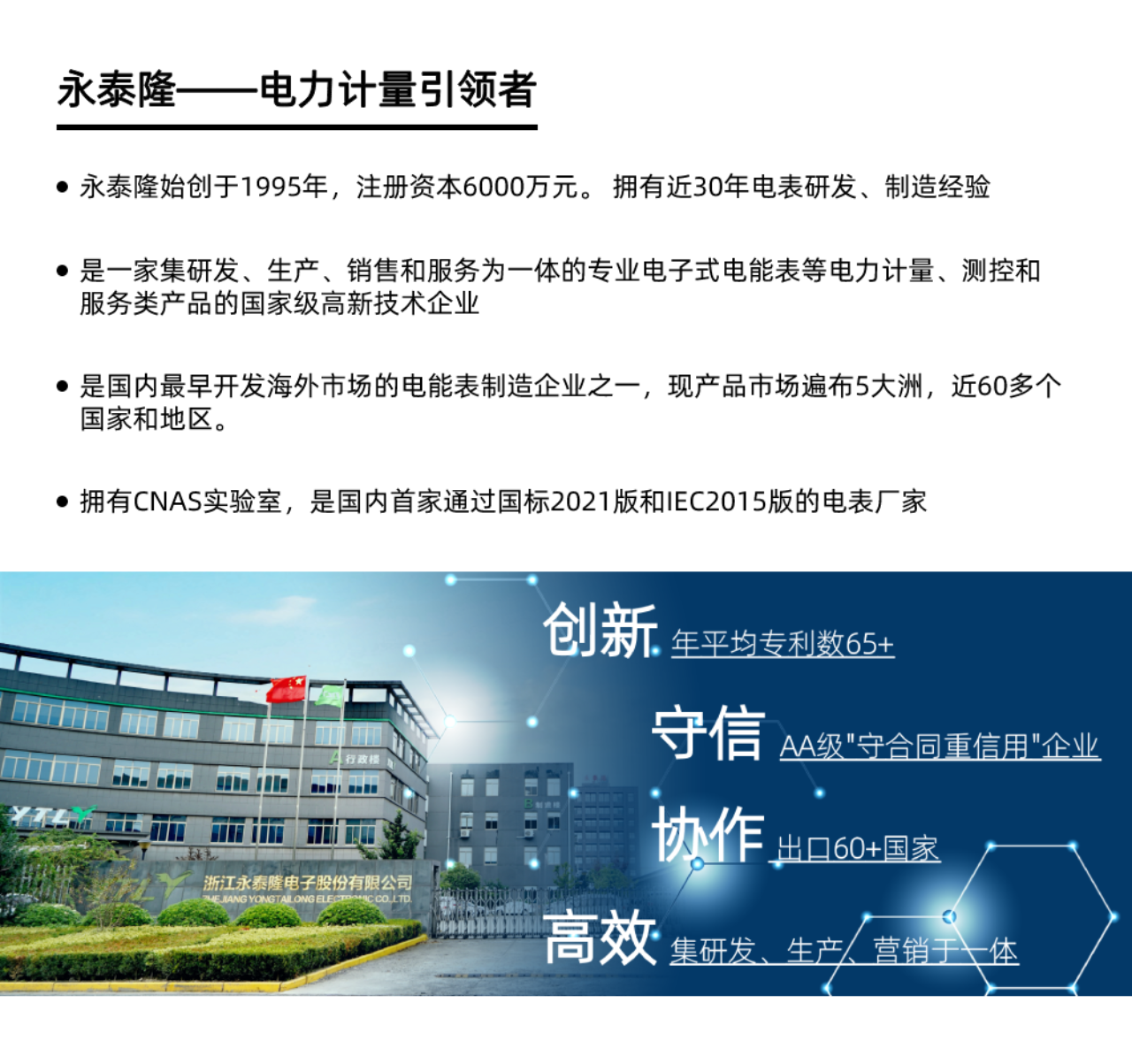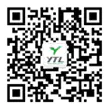In the field of electricity metering, CT energy meters and direct energy meters are two mainstream products, but many users still have doubts about their differences. This article combines technical principles, application scenarios, and industry cases to deeply analyze the core differences between the two, helping you accurately choose the appropriate solution!

1、 Measurement principle: Transformer vs. Diverter CT energy meter By using an external current transformer (CT), the high current is proportionally converted into a low current signal (such as 600A → 5A), which is then input into an energy meter for measurement.
This non-contact measurement method avoids the risk of direct connection to high-voltage lines and supports wide range current measurement (up to several thousand amperes). Technical highlight: Adopting a dual stage mutual inductance design (external CT+built-in sampling module), it has stronger resistance to AC electromagnetic interference, and the error rate can be controlled within 0.5%. Direct energy meter Measure the line current directly through a manganese copper shunt and convert the high current into a low voltage signal (such as 5A → 0.875mV). Suitable for low current scenarios (usually ≤ 100A), but requires direct contact with high-voltage lines, posing a safety hazard. Limitations: The linearity and temperature drift issues of the shunt may go to long-term measurement deviations, especially unstable performance in high temperature or high current fluctuation environments.
2、 Installation and Security: Convenience vs. Risk CT energy meter Installation advantage: There is no need to cut off the main line, and the installation can be completed by directly clamping the cable with a retractable CT, increasing the efficiency of the renovation project by 70%. Safety design: Non contact measurement isolation of high voltage to reduce the risk of electric shock; Built in CT status detection circuit, capable of real-time monitoring of open/short circuit faults and alerting. Direct energy meter Installation is complex: the main circuit needs to be disconnected and a shunt connected. Improper operation can easily cause short circuits or arc risks, requiring high electrical skills. Safety hazard: The splitter is directly exposed to high-pressure environments, and long-term use may cause heating or even fire due to poor contact.

3、 Applicable scenarios: Industrial grade vs Civil grade Scene CT electric energy meter direct type electric energy meter Current range: 100A~6000A 1A~100A Typical applications include factories, substations, commercial complexes, distribution rooms, households, and small shops Function extension supports RS485 communication, time-sharing billing, and harmonic analysis Data comparison: CT energy meters have become the preferred choice in industrial scenarios due to their wide range and high precision, while direct energy meters still have a market in low current scenarios due to their low cost.
4、 Cost and Maintenance: Long term Value vs. Short term Investment Initial cost: CT energy meters require additional transformer configuration, resulting in a higher price per meter (approximately 500~2000 yuan), but support modular expansion, providing better long-term cost-effectiveness. Direct energy meters are affordable (100-500 yuan) and suitable for low load scenarios with limited budgets. Operation and maintenance costs: Regularly check whether the sampling connection wire of the CT energy meter has fallen off; Regularly tighten the screws of the power cord connection for direct electric energy to prevent loose connections caused by thermal expansion and contraction.
5、 Future Trends: Intelligence and Compliance CT energy meter Support cloud data synchronization, remote meter reading, and carbon emission tracking to help enterprises achieve carbon neutrality goals Direct energy meter Support cloud data synchronization and remote meter reading, mainly used for household and industrial end measurement.


 English
English 简体中文
简体中文








.jpg?imageView2/2/w/500/h/500/format/png/q/100)
.png?imageView2/2/w/500/h/500/format/png/q/100)
.png?imageView2/2/w/500/h/500/format/png/q/100)
.png?imageView2/2/w/500/h/500/format/png/q/100)


